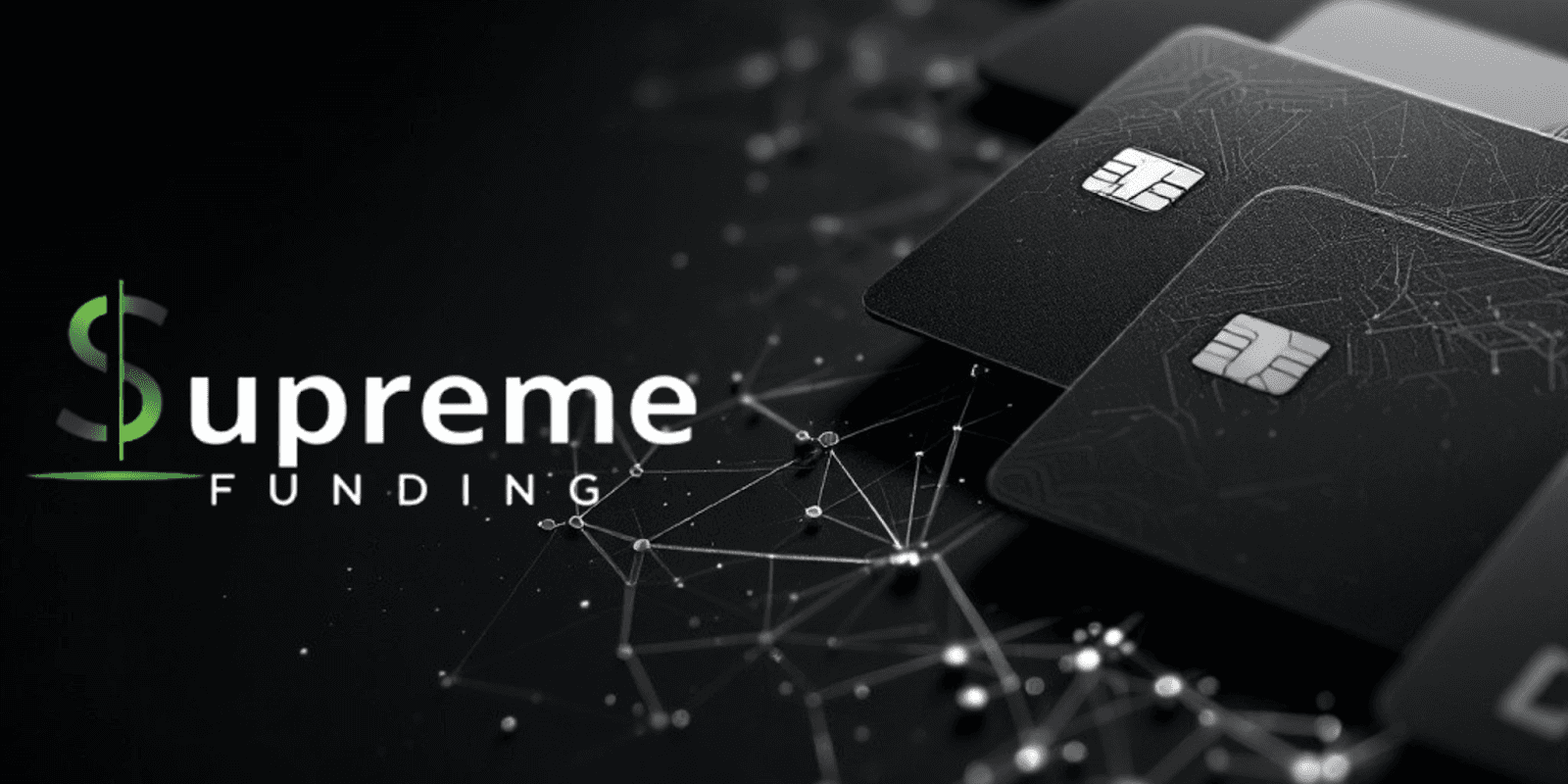Why AI-Enhanced PR Strategies Are Essential for Modern Businesses
PR is no longer just about press releases and media mentions. It’s about managing perception in a world where news spreads in seconds, and narratives can shift overnight.
By
Sep 19, 2025

Traditional PR tactics can’t keep up with the rapid pace of digital culture. Journalists, influencers, and customers expect relevant, personalized communication delivered quickly. That’s why businesses are increasingly turning to AI-enhanced PR strategies.
AI doesn’t replace human involvement in PR. It enhances it by automating repetitive tasks, analyzing vast datasets, and providing insights that human teams might miss. This gives PR teams the agility they need to create smarter campaigns, improve brand positioning, and prevent crises before they escalate.
1. Smarter Media Monitoring
The media landscape is vast. News sites, blogs, podcasts, social media creators, and forums like Reddit all influence brand perception. Manually tracking everything is nearly impossible.
AI-powered tools like Meltwater, Cision, and Brandwatch scan millions of sources in real-time. These tools not only track mentions of your brand but also analyze sentiment and context to provide a comprehensive understanding. For example, AI can distinguish between a sarcastic tweet and a genuine complaint about, let’s say, naylor lintels, something traditional keyword alerts often miss.
AI enables PR teams to:
Respond quickly to positive or negative mentions
Track competitor coverage and share of voice
Identify emerging conversations to participate in
This real-time intelligence allows PR teams to jump into conversations while they’re still fresh.
2. Data-Driven Storytelling
Great PR depends on telling compelling stories. However, many brands still guess what will resonate. AI takes the guesswork out of storytelling by turning data into actionable insights.
Liam Derbyshire, CEO & Founder of Influize, Digital PR Services, explains, “AI analyzes search trends, social engagement, and audience behavior, helping brands identify what matters to their audience. If sustainability is trending in your industry, AI can highlight that opportunity for you.”
AI tools even suggest headlines, keywords, and story angles likely to resonate with specific media outlets, improving pitch accuracy and hit rates. This makes storytelling more about precision and less about chance.
3. Hyper-Personalized Media Outreach

Generic press emails no longer work. Journalists receive hundreds of pitches daily, many of which are ignored. AI changes this by enabling highly personalized outreach.
Here’s how:
AI reviews a journalist’s previous work to understand their beat, tone, and interests
It suggests customized subject lines and talking points
It identifies the best time to send emails for higher open rates
This approach helps PR teams build stronger media relationships by showing journalists that their time is valued. As a result, they see higher open rates, more replies, and better coverage for their brand.
4. Predictive Crisis Management
Crises don’t happen overnight. They start small, like a tweet gaining traction, a spike in negative reviews, or a viral post. AI helps detect these early signals, allowing brands to react before the situation escalates.
Marissa Burrett, Lead Design for DreamSofa, says, “Designing for trust is about how brands respond under pressure. AI alerts give teams time to react thoughtfully, preventing breakdowns in customer experience.”
Sentiment analysis tools identify negative trends early, giving PR teams a chance to act before a situation becomes a crisis. For example, airlines use predictive tools to identify complaint surges during delays and issue timely updates.
This proactive approach shifts PR from damage control to prevention. Instead of scrambling when a crisis hits, PR teams are prepared with pre-drafted responses and strategies.
5. Real-Time Campaign Measurement
One of the biggest challenges in PR is measuring impact. While marketing has clear metrics like conversions, PR often struggles with measuring ROI beyond awareness. AI addresses this challenge by providing real-time insights, says Zaeem Chaudhary, Director & Chartered Architectural Technologist (MCIAT) at AC Design Solution.

Noam Friedman, CMO of Tradeit, states, “Just like businesses rely on real-time data for trading decisions, PR should use the same approach. AI shows exactly how media coverage impacts key metrics, transforming PR into a measurable growth channel.”
Modern AI tools track engagement, sentiment, and brand trust. They help measure how coverage drives traffic, sparks discussions, or influences sentiment, providing a clear picture of PR’s impact.
By using this real-time data, PR teams can adjust campaigns on the fly, ensuring faster and more responsive actions.
6. Enhancing Influencer and Creator Collaborations
Influencer marketing and PR are merging as consumers turn to creators for authenticity. The challenge lies in choosing the right influencers. Reach doesn’t always guarantee influence, and niche creators often offer more credibility than celebrity endorsements.
AI tools help by analyzing engagement metrics, audience demographics, and authenticity signals. They identify fake followers or inflated engagement, and they can pinpoint micro-influencers whose values align with your brand.
Dean Fankhauder, CEO of Movingto, adds, “People making big life changes seek relatable voices, not celebrity endorsements. AI helps brands find creators who connect with the right audience.”
This allows PR teams to form natural, non-transactional collaborations with influencers who truly resonate with their target market.
7. Integrating AI into Content Creation
Content is a core part of PR. Whether it's press releases, articles, or thought leadership, AI can enhance efficiency without sacrificing creativity.
Corey Schafer, SEO Specialist at Florin|Roebig, explains, “AI tools can quickly suggest keyword-rich headlines and content structures that help content rank while staying aligned with the brand’s voice. What used to take hours of research now takes minutes.”
AI tools can draft press releases, summarize reports, or suggest optimized headlines. For video platforms, AI can generate scripts or captions designed to boost engagement.
Rather than automating creativity, AI frees up PR professionals to focus on strategic messaging and relationship-building.
8. Shaping Brand Reputation with AI Insights
Abdul Saboor, Link Building Specialist at Outreaching.io, Qwoted Link Building explains, “Reputation is fragile, and a single viral post can change public perception. Traditionally, PR teams relied on quarterly reports or focus groups to measure sentiment, but by the time insights arrived, the narrative was already outdated.”
AI changes this by analyzing millions of posts, reviews, and articles in real time, providing businesses with up-to-the-minute insights on brand perception. This allows brands to respond and shape perception proactively.
For example, if AI reveals that customers praise a company’s customer service but criticize its sustainability efforts, PR teams can amplify the positive narrative while addressing the areas of improvement.
9. Building Future-Ready PR Strategies
AI in PR is about transformation. As businesses adopt AI, PR professionals evolve from “message distributors” to “narrative architects.” They will no longer react to news cycles, they will anticipate and shape them.
Edward Tian, CEO of GPTZero, explains, “The future of PR will combine human creativity with AI-driven insights. While humans will still tell stories, make ethical decisions, and build relationships, AI will provide the scalability and precision needed to execute them more efficiently.”
Brands that embrace this balance will stand out with their ability to communicate with speed, relevance, and authenticity.
Conclusion
AI is not a magic solution, but it is a powerful tool. For PR professionals willing to embrace AI, it unlocks smarter media monitoring, sharper storytelling, personalized outreach, and proactive crisis management. Companies adopting these strategies will not just keep up with the fast pace of digital communication, they’ll set the pace.
Marissa Burrett, Lead Design for DreamSofa concludes, “PR is no longer about hoping a press release lands. It’s about using data and technology to amplify your voice in a crowded digital space. Those who act now will shape the stories of tomorrow.”













